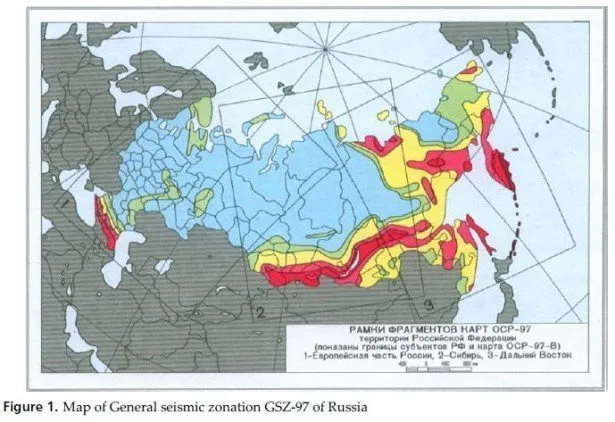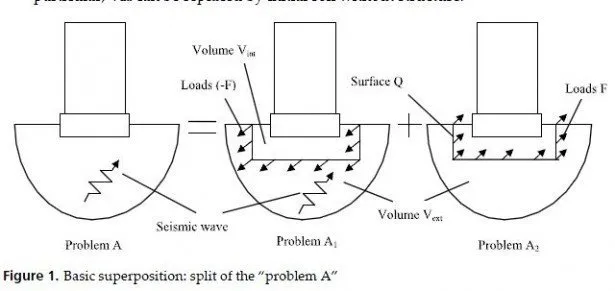The structural system of the bridge allows the development of a model of a selected segment of the bridge rather than modelling the entire bridge. Because of the repetitiveness of the units of the structural system (i.e., portal frames and drop-in girders) along the bridge, a proper model of a selected segment would be quite representative of the whole bridge.
Figure 5 shows the model used in this study. It is a three-span frame model consisting of 3-D beam elements. The modelling was conducted using the computer program SAP 2000 [13].
The model represents the bridge segment between piers P29 and P32 (Fig. 1), which consists of two rigid portal frames (P29-P30 and P31-P32), and one drop-in span (P30-P31). This segment was modelled since it is the instrumented portion of the bridge, and recorded data is available for use in the calibration of the model. Also, the height of the piers of this segment is quite representative of the main bridge.
The model consists of 179 beam elements and 180 joints. The bridge girder is modelled by 123 elements, and each pier is modelled by 14 elements. The interaction with the adjacent drop-in girders (left of P32, and right of P29) was modelled by adding masses at the ends of the overhangs, as shown in Fig. 5. A half the mass of each drop-in girder was added at the end of the supporting overhang in transverse and vertical directions, full mass was added in the longitudinal direction for a hinge connection, and no mass was added in the longitudinal direction for a sliding connection. Similarly, vertical forces from a half the weight of each drop-in girder were applied at the ends of the overhangs.

In addition to the three-span model (Fig. 5), a single-span model consisting of a single portal frame (P31-P32), and a five-span model with three portal frames and two spans with drop-in girders (between P29 and P34; Fig. 1) were also considered. While the natural periods and mode shapes of these three models were quite comparable, the three-span model was chosen for the analysis in this study because it provides results for both the portal frame spans and the spans with drop-in girders, and requires an acceptable computation time for the analysis. The single-span model does not provide results for the drop-in girder, and the five-span model requires an excessive computation time. Note that the segment shown in Fig. 5 is normally used as a typical segment in studies on the behaviour of the Confederation Bridge [e.g., 14,15].



